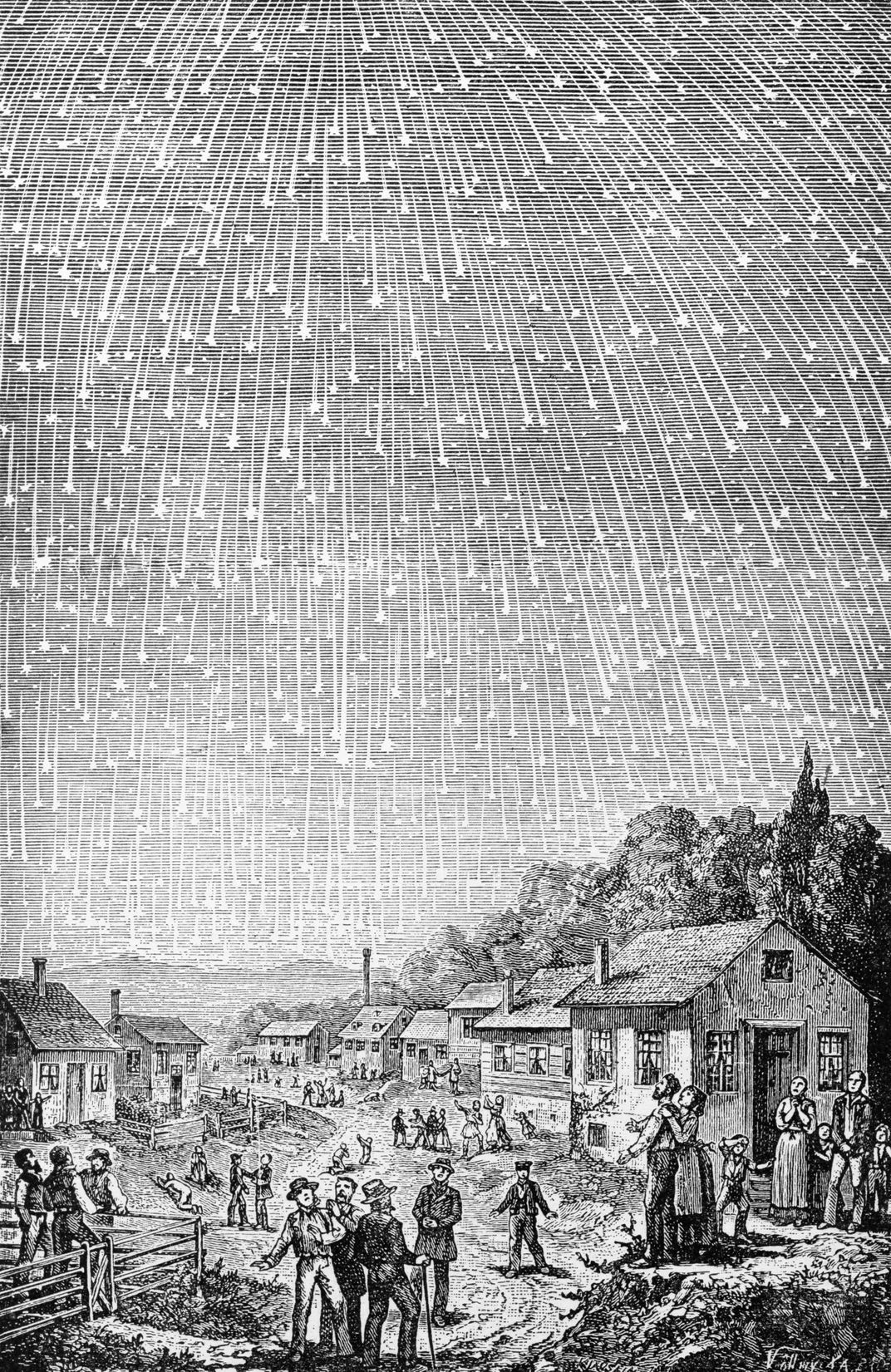Orion’s Return, Falling Fireballs and Other Treats in November’s Night Skies
A constellation rises as the Leonid and Taurid Meteor Showers return
/https://tf-cmsv2-smithsonianmag-media.s3.amazonaws.com/filer/3a/9c/3a9cdbe5-e3aa-4b8e-aa30-1a56c5ac041d/42-21803096.jpg)
The Halloween asteroid has come and gone, but the forecast for November’s night skies still holds plenty of excitement for stargazers. As the days get shorter, it’s time to say goodbye to Saturn and hello to the Orion Constellation.
End of a Planetary Meet Cute
Fresh off of their rare planetary trio, Venus and Jupiter are once again drifting apart from Mars, although the three planets will stay relatively close together over the next few days, Astronomy Magazine reports. As Mars and Venus orbit the sun much faster than Jupiter, they are already pulling away from the gaseous giant after they clustered in the sky for the last time until October 2017.
For the time being, the three planets can still be seen together in front of the Leo and Virgo constellations after around 2:45 A.M. But on November 7, Mars and Venus “will form a neat triangle” with the moon, Guneet Bhatia reports for International Business Times.
Leonids Meteor Shower
Speaking of Leo, stargazers are in for a treat later this month as the annual Leonid meteor shower returns. Like October’s Orionid meteor shower, the Leonids appear as the Earth runs into debris left behind by a comet, in this case the Comet Tempel-Tuttle. The Leonids tend to be a more modest shower than others, with average rates of 10 to 15 meteors per hour, Deborah Byrd writes for EarthSky. The Leonids will peak after midnight on the mornings of November 17 and 18.
Previous Leonids have been known to occasionally grow into massive meteor storms in the past. In 1833, North American eyewitnesses reported the skies were lit up by hundreds of thousands of meteors overnight, according to NASA. At the time, astronomer Agnes Clerke described the storm as “a tempest of falling stars broke over the Earth... The sky was scored in every direction with shining tracks and illuminated with majestic fireballs.”
The marvellous display was even taken as a sign by Joseph Smith, the founder of the Mormon Church, to move his growing community westward from their center in Independence, MO. Sadly, the International Meteor Organization says the Leonids will most likely be a smaller shower this year, Blaine P. Friedlander Jr. reports for The Washington Post.
Flaming Fireballs
From November 5 through November 12 the Taurid meteors will light up the sky. The show will start in the east after sundown, moving to the south after midnight, and ending in the west before daybreak. While the Taurid meteor shower isn't a downpour, it makes up for the scarcity with its spectacular fireballs, Robert Lunsford writes for the American Meteor Society. The Taurids are slower and more vivid than other meteor showers, often fragmenting before the meteors completely disintegrate.
The Hunter Returns
While searching the sky for fireballs later this week, stargazers can also look forward to their first glimpses of the Orion Constellation. Starting on November 8, Orion the Hunter will appear low in the sky around 10 P.M—just look out for his belt to the east.
